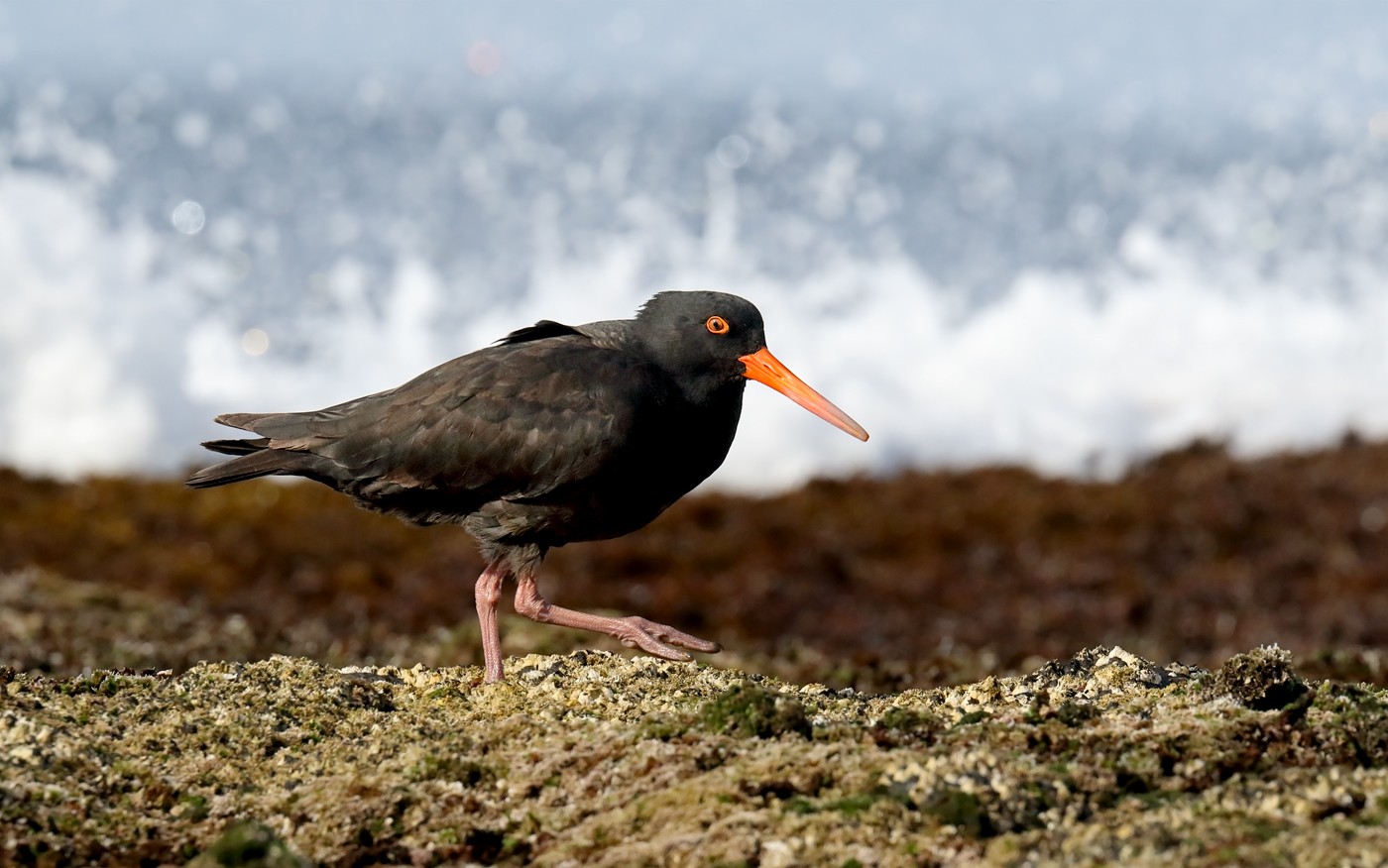Sooty Oystercatcher
A species of Oystercatchers Scientific name : Haematopus fuliginosus Genus : Oystercatchers
Sooty Oystercatcher, A species of Oystercatchers
Botanical name: Haematopus fuliginosus
Genus: Oystercatchers
Content
Description General Info
Description
Measuring 42 to 52 cm (16.5 to 20.5 in) long with a bill length of 5–8 cm (2–3 in), the sooty oystercatcher has all black plumage, with pink-red legs and scarlet or orange-red bill and eyes. The heaviest of all oystercatchers, the sooty oystercatcher weighs up to 980 g (2.16 lb), averaging around 819 g (1.806 lb), with females larger and heavier in both subspecies. Males have shorter, thicker bills and females have longer, thinner bills. The 19% average difference in length is the most marked of any oystercatcher species. Immature birds have grey-brown legs, a bill tipped with brown, a browner cast to their plumage, and brown eyes. The bill, eyes and legs become red by the second year. 
Size
49 cm
Nest Placement
Ground
Feeding Habits
Sooty Oystercatcher mainly forages during low tide, with diets differing between sexes. Females eat soft prey like fish and jellyfish, while males prefer hard-shelled species like mussels and sea urchins. They exhibit specialized feeding behaviors based on prey type.
Habitat
Sooty Oystercatcher thrives primarily along rocky shores within expansive coastal regions. They adapt to a variety of coastal environments, including estuaries, mudflats, and sandy beaches, with a strong preference for island settings. Breeding habitats are often on sand and shingle beaches, distinct from mainland coastlines, showcasing a preference for rocky terrains when overlapping with related species.
Dite type
Aquatic invertebrate eater
General Info
Feeding Habits
Bird food type
Distribution Area
Preferring rocky shores, the sooty oystercatcher is endemic to Australia. There are an estimated 11,500 individuals, 4000 of the nominate race and 7500 of the northern race. It is common around the Tasmanian coastline and Bass Strait islands. However it is declared Rare in South Australia and Queensland, Near Threatened in Victoria and Endangered in New South Wales. 
Species Status
Not globally threatened.
Scientific Classification
Phylum
Chordates Class
Birds Order
Shorebirds Family
Oystercatchers Genus
Oystercatchers Species
Sooty Oystercatcher 